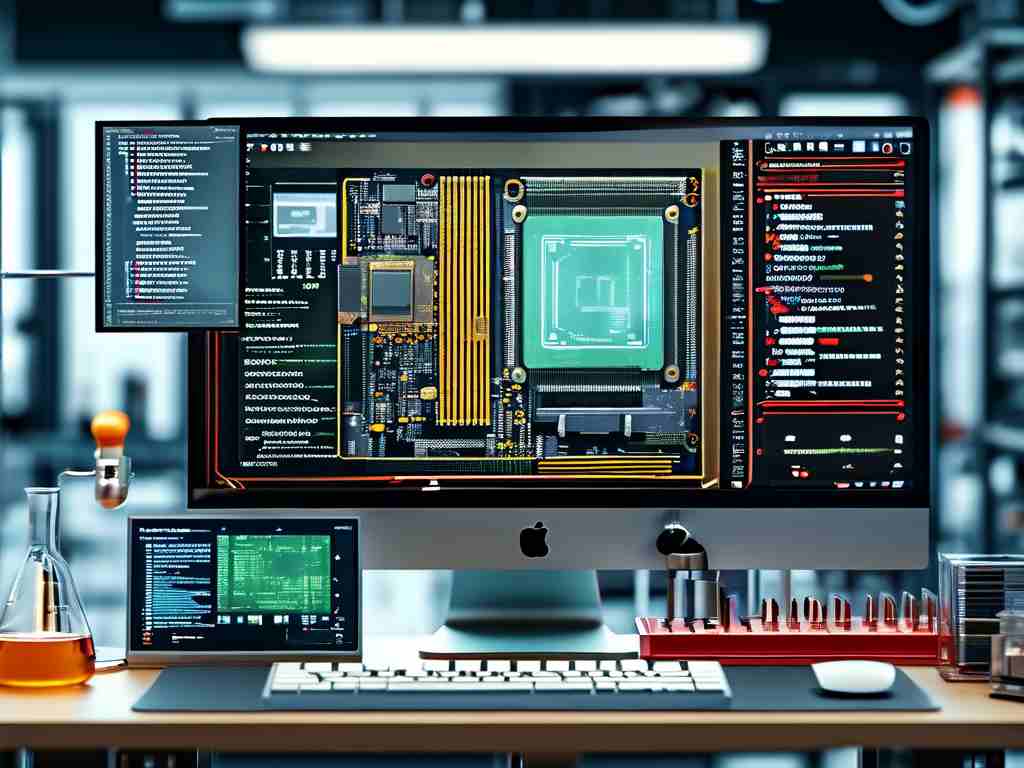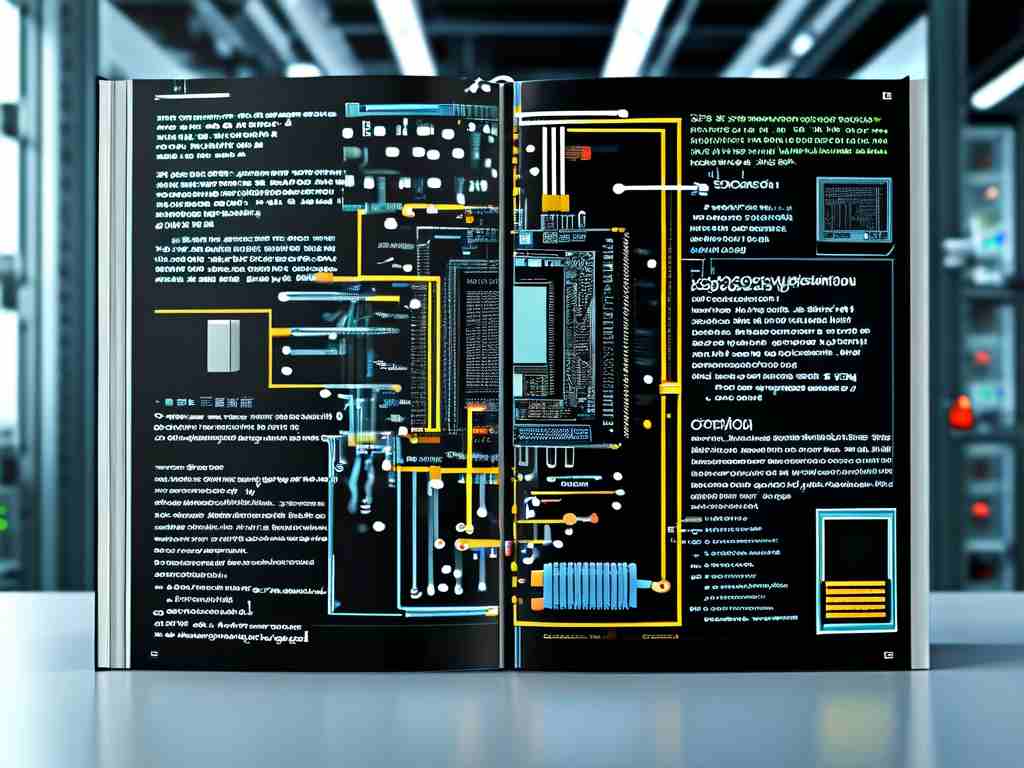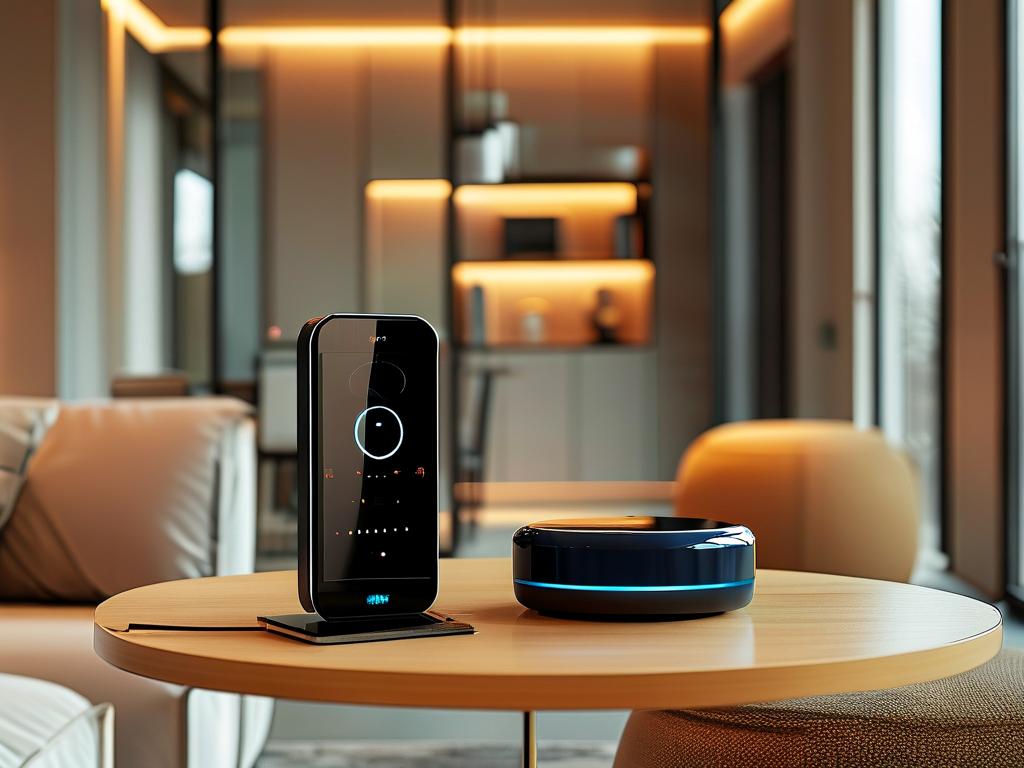Embedded systems demand tools that balance performance, flexibility, and resource efficiency. Among emerging frameworks, MWC (Modular Wireless Controller) has garnered attention for its lightweight architecture and real-time capabilities. This article explores whether MWC is a viable solution for embedded development, analyzing its technical strengths, use cases, and limitations.

Understanding MWC in Embedded Context
MWC originated as a modular platform for IoT device management, emphasizing low-latency communication and hardware abstraction. Its core libraries support C/C++—the backbone languages of embedded programming—and integrate with common protocols like SPI, I2C, and UART. For developers, this reduces boilerplate code when interfacing sensors or actuators. A simple GPIO control snippet demonstrates its syntax clarity:
#include <mwc/gpio.h>
void setup() {
mwc_gpio_init(PIN_12, OUTPUT);
mwc_gpio_write(PIN_12, HIGH);
}
Strengths for Resource-Constrained Environments
Embedded projects often face memory and power limitations. MWC’s minimal runtime footprint (under 50KB RAM) makes it suitable for microcontrollers like ARM Cortex-M or ESP32. Unlike bulkier OS-based solutions, MWC operates in bare-metal or RTOS environments, prioritizing deterministic task scheduling. For instance, a smart thermostat using MWC achieved 2ms response times for temperature adjustments—critical for real-time HVAC systems.
Challenges and Workarounds
While MWC excels in simplicity, it lacks built-in support for complex GUIs or machine learning workflows. Developers must rely on third-party libraries for advanced features. Additionally, its community-driven documentation can be sparse compared to established frameworks like Arduino or FreeRTOS. However, MWC’s active GitHub repository and modular design allow customization. One team ported TensorFlow Lite Micro by extending MWC’s HAL (Hardware Abstraction Layer), proving its adaptability.
Case Study: Industrial Automation
A robotics startup adopted MWC for a modular assembly line controller. By leveraging MWC’s CAN bus integration and multi-threading API, they reduced firmware development time by 40%. The system’s fault-tolerant design—a core MWC feature—minimized downtime during motor calibration errors. This case underscores MWC’s potential in mission-critical embedded applications.
Comparative Analysis
When benchmarked against alternatives, MWC shows distinct trade-offs. For example, Zephyr OS offers broader driver support but requires more memory. Arduino’s ease of use appeals to hobbyists, while MWC targets professionals needing granular control. The table below summarizes key differences:
| Feature | MWC | Zephyr | Arduino |
|---|---|---|---|
| Memory Overhead | 50KB | 120KB | 30KB |
| RTOS Support | Yes | Yes | No |
| Learning Curve | Moderate | Steep | Low |
Future Prospects
Upcoming MWC releases aim to add BLE mesh networking and OTA update handlers—features highly requested by embedded developers. Partnerships with semiconductor vendors could also enhance hardware compatibility.
MWC is a compelling choice for embedded projects prioritizing efficiency and modularity. While not a one-size-fits-all solution, its extensible architecture and real-time performance make it ideal for industrial IoT, robotics, and custom sensor networks. Developers should evaluate project requirements against MWC’s evolving ecosystem to determine its fit.









